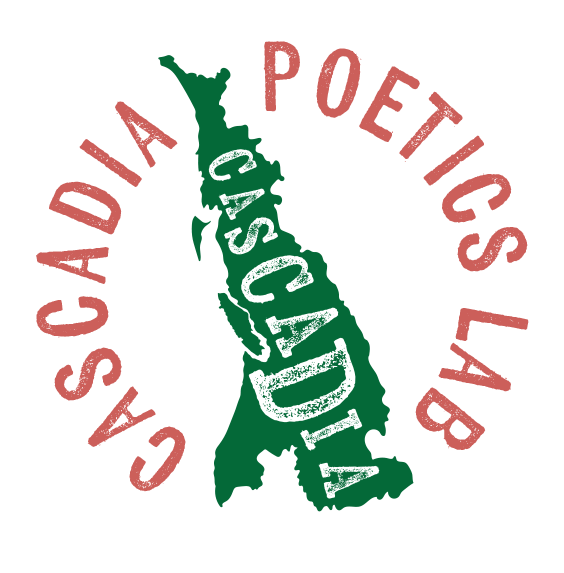
Sarah de Leeuw
Rivers have been a source for poetry since poetry has been an outlet for deep human experience. Li Po has river poems that continue to be shared 1300 years after he lived and who can forget Langston Hughes The Negro Speaks of Rivers. But Sarah de Leeuw has written a poem from the point of view of one of the largest rivers in Northern BC, the Skeena River. The author of four literary books and two academic texts, she earned a Ph.D., in geography and she makes a living as a researcher on medical humanities and health inequities. A native of Northern BC, we talk to Sarah via Skype today about Skeena, the book, the river and the task of writing as a river. Sarah.
In the first segment Sarah discussed how she grew up in the Queen Charlotte Islands, now known as Haida Gwaii, how she currently splits her time between Prince George and Kelowna, BC and why she cringes at being called a BC “Native.” She also discussed being a poet in Northern BC and how George Stanley and Barry McKinnon opened up ground for poetry in that part of BC, which helped younger poets like herself. Listen to Part 1 – 8:44.
In the second segment she talked about how the poetry community has gotten more vibrant since the height of the Stanley/McKinnon days, how she and others are “trying to pull poetics, stories and narratives out of the land.” She discussed the re-naming of this Northern BC as the “Spirit Bear Territory” and how she’s fascinated by naming and the forces that shape naming and re-naming. Listen to Part 2 – 6:20.
In Part Three she discussed the moment she first conceived of writing this book-length poem about the Skeena River, (on Michigan Avenue in Chicago of all places) about how having a theme is her preferred way of writing and how Patricia Young’s editing of the book was invaluable. Listen to Part Three – 6:15.
In the fourth segment she discussed the irony of that Michigan Avenue moment, how she keeps pocket journals to jot down potential composition notes and about the Skeena River in general. Listen to Part 4 – 3:20.
In Segment Five she said that the river “describes itself”, that she did not want to pull the river out of its “socio-cultural context” which includes resource-extraction, highways, trains, howitzers and deadly avalanches as well as a working class social geography and indigenous geographies. As part of that she cited the numbers of missing or murdered women that she said: “Should terrify all of us.” Listen to Part 5 – 4:24.
 Skeena Time. In the sixth segment she read from the book, starting on Page 10, a segment which illustrates the points made in the previous segment. She also responded to a question about how she creates her lineation. Listen to Part 6 – 7:47.
Skeena Time. In the sixth segment she read from the book, starting on Page 10, a segment which illustrates the points made in the previous segment. She also responded to a question about how she creates her lineation. Listen to Part 6 – 7:47.
Avalanche Accidents in Canada III. She read from found material one of the more tragic events in the book, from 1982. With a nod to Alice Oswald’s “Dart”, she read that section of the book and talked about the joy she has doing research, despite the grisly nature of some of the events she relates. She also talked about her desire to create a “poly-vocality” in the book. Listen to Part 7 – 6:50.
In part eight she talked about the notion of “Permaculture Poetry” and referenced Eric Magrane of Tucson, Arizona, editor of Spiral Orb: An Experiment in Permaculture Poetics. She also discussed other experimental and marginalized poetries and her hope that recent movements like Black Lives Matter and justice for indigenous peoples would be realized through new forms and media. Listen to Part 8 – 5:57.
In part nine she talked about how she balances indigenous material without appropriating culturally that which is not her own culture. She described an experience of asking for permission from a First Nation about getting permission to include some of their website material in the book. She referenced an essay by Lenore Keeshig-Tobias entitled Stop Stealing Native Stories and she referenced a story in her book on page 30 about the Gitanmaax, as well as a personal story of a First Nations friend who asked her “Are you doing it with a good heart?” Listen to Part 9 – 8:19.
In part ten, the final segment, she discussed the notion of Cascadia, how it is peripheral to her own inspiration and she is pre-occupied by this bio-climatic region, but her orientation is as a feminist, more than bioregionalist. She says however that she never writes “without this geography in mind.” She read Rain from the book. Listen to Part Ten 7:15.
